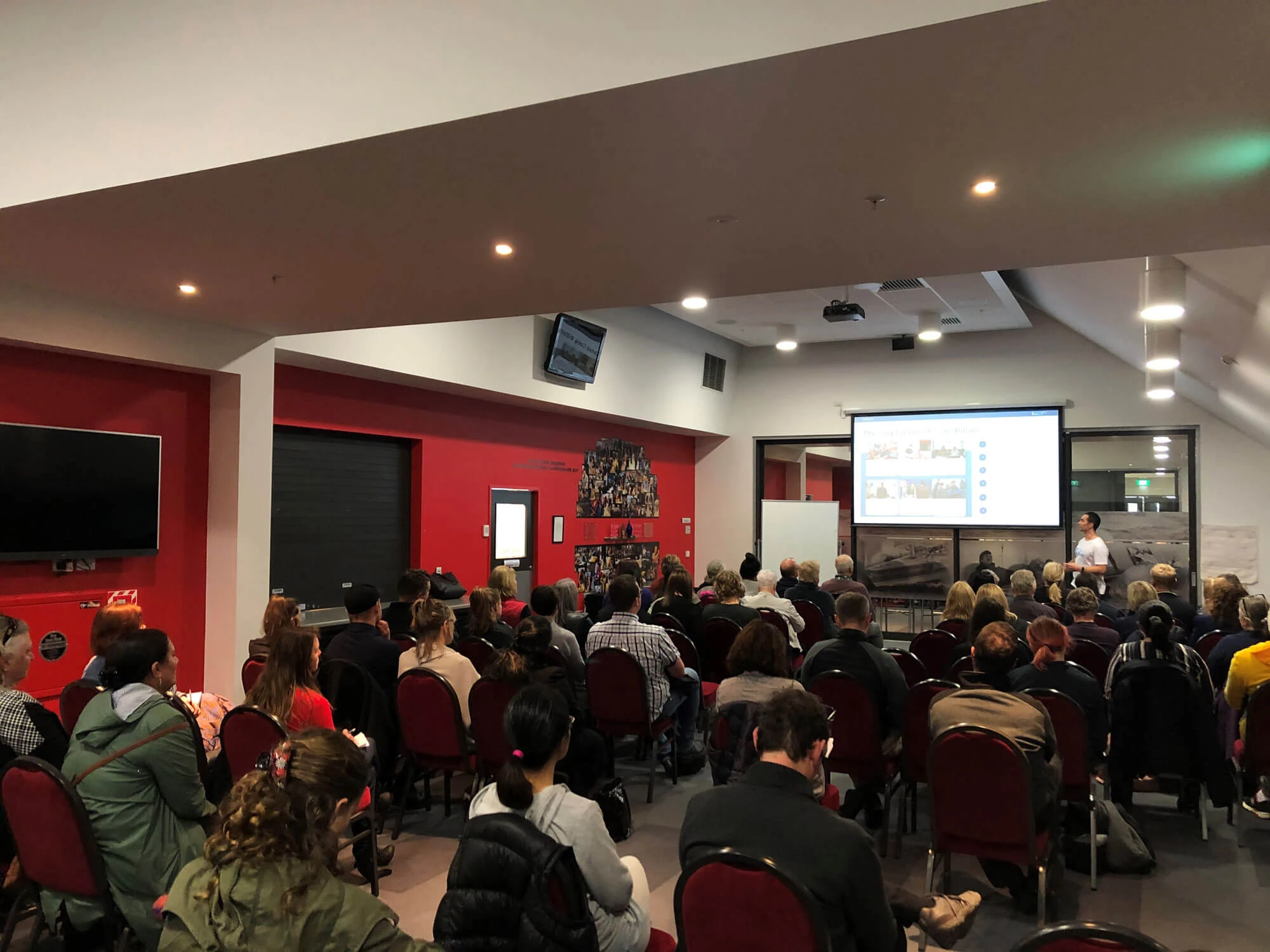Valerian (Valeriana officinalis)
Introduction
The dried rhizome and roots of Valerian have been used for at least 1000 years. The name ‘Valerian’ comes from the Latin valere, meaning ‘keep well’, in recognition of the medicinal value of some species. Before modern tranquillisers were used, valerian root was used in a tincture to treat nervous conditions. Today, Valerian is widely used in Europe and North America as a mild sedative and sleep aid for insomnia, excitability, and exhaustion.
The Valerianaceae family consists of around 200 species of herbaceous perennials and small shrubs, which are found mainly in the temperate and cold regions of the Northern Hemisphere. After autumn establishment and winter dormancy the plant grows from a short rhizome to 2m high, flowers, and then dies back again in the winter. Valerian has many small fragrant white or pink flowers in a compact head of several stalked clusters. The fresh root has a very distinctive and penetrating odour (old socks type) and has the appearance of a mop, with long, white roots up to 5mm wide and 30cm long.
Growing Valerian
| Propagation: | Grown from seeds, usually sown directly in the soil. Sometimes transplants are used after germination in the nursery. |
| Sowing date: | February–March for seed (autumn sown); October for transplants (spring sown). |
| Yields/ha: | 4–5 t/ha dry weight for roots. |
| Time of maturity: | March–May (once tops have died down). |
| Soil type: | A friable soil with relatively low clay content can make a substantial difference to the ease of root washing. |
| Fertilisers: | NPK fertilisers should be used at sowing time. An additional application of Nitrogen may need to be applied during the growing of the crop. |
| Weed control: | Weed control is necessary for successful harvesting of this crop. At present there are no registered chemicals so any use will be off-label. |
| Pest/Diseases: | Phoma, Sclerotinia, Grass grub |
| Harvesting: | Roots are harvested in the autumn in the first year after the tops have been cut off and removed. A root crop lifter that is capable of working to 30cm depth can be used or they can be dug by hand. Dry soil conditions and mechanical shaking to remove excess soil are desirable before washing. Valerian oil is obtained from steam distillation of the dried and ground roots. The oil is used in the flavour, pharmaceutical and fragrance industries. |
| Marketing: | The largest market for this herbal medicine is Europe and North America. This is a small crop on the world scene, production statistics and buyers are hard to identify. |
Further Information
Fact sheet prepared by the Office Of Dietary Supplements, National Institute of Health (USA)





